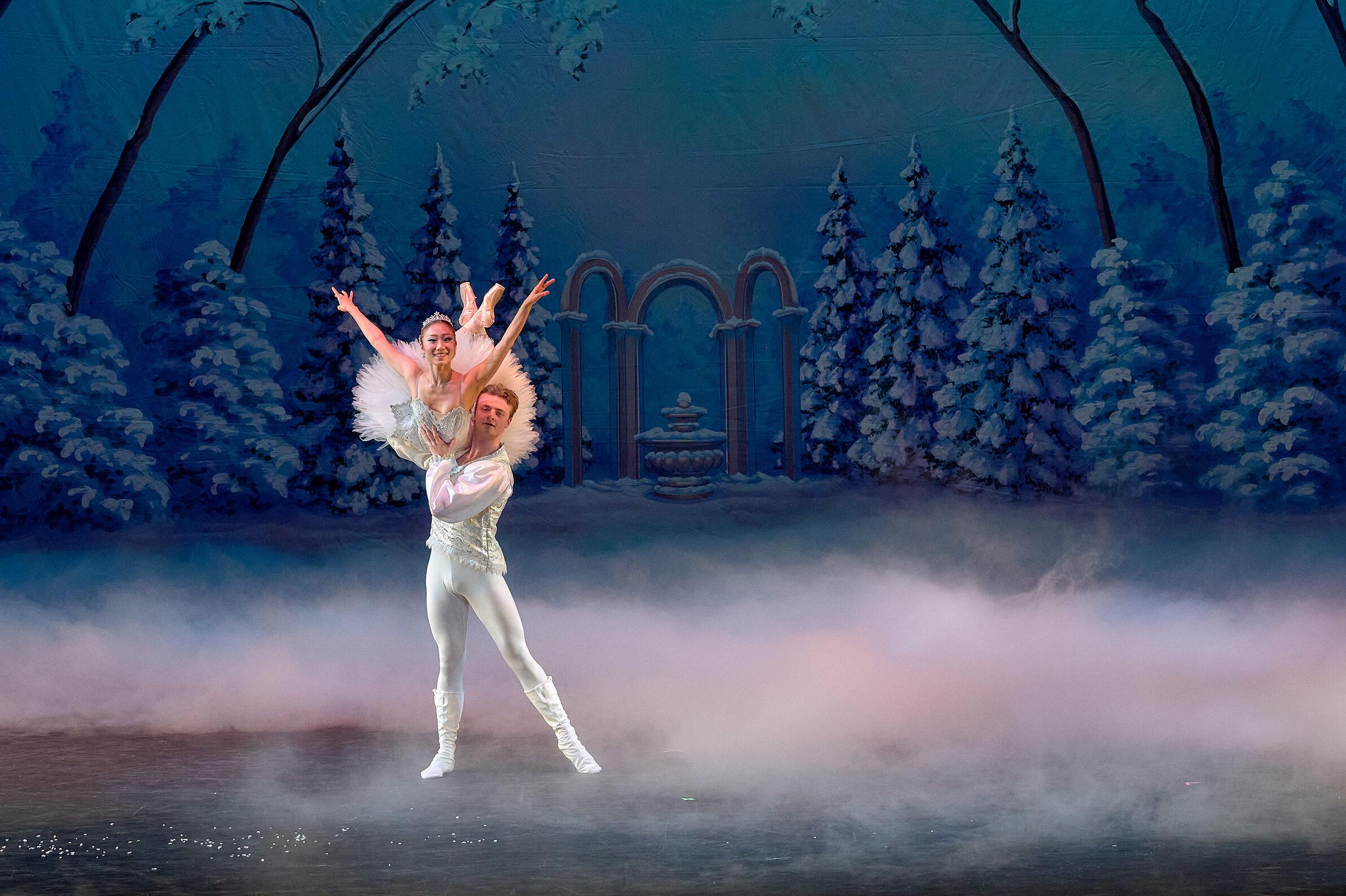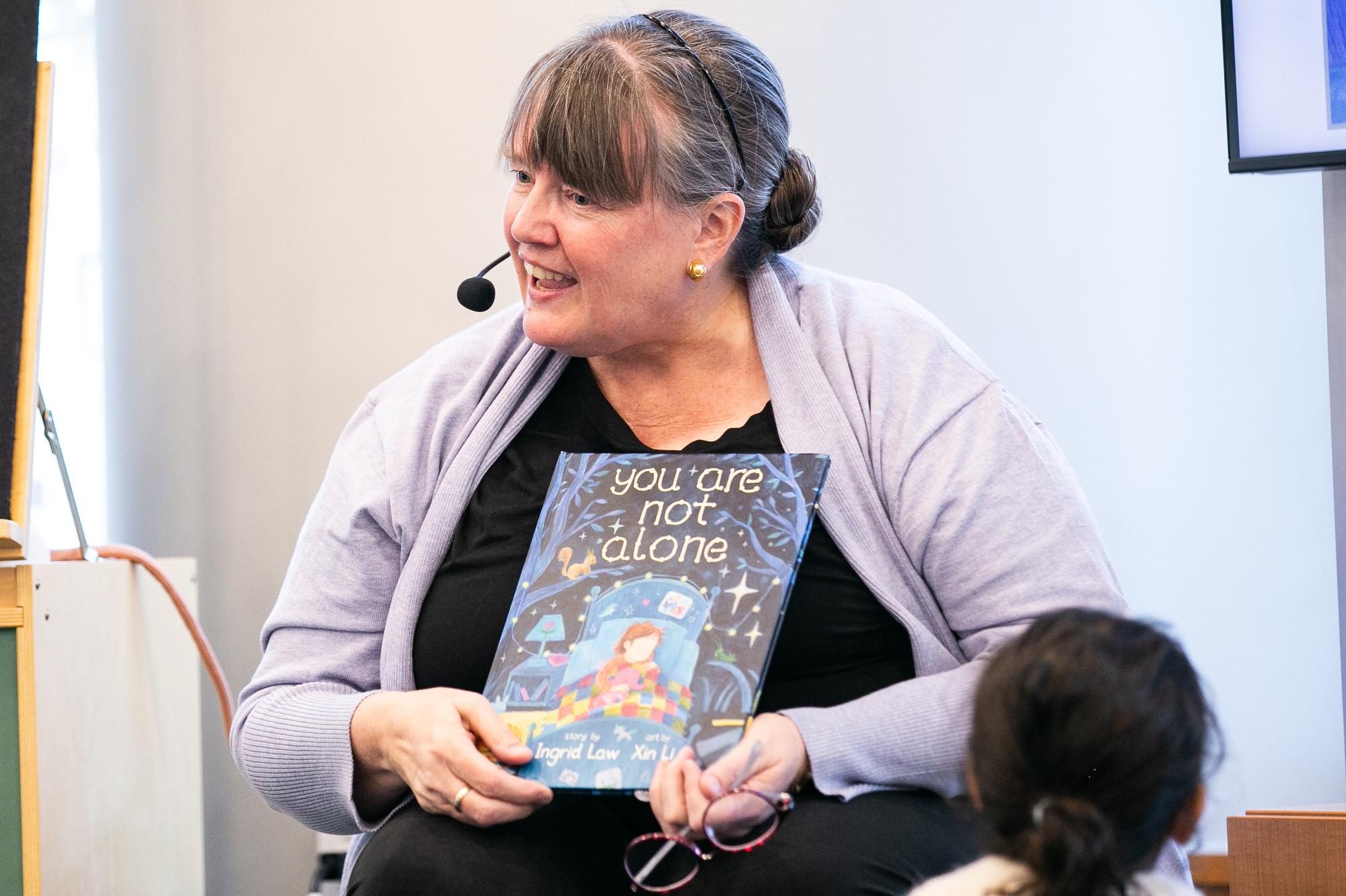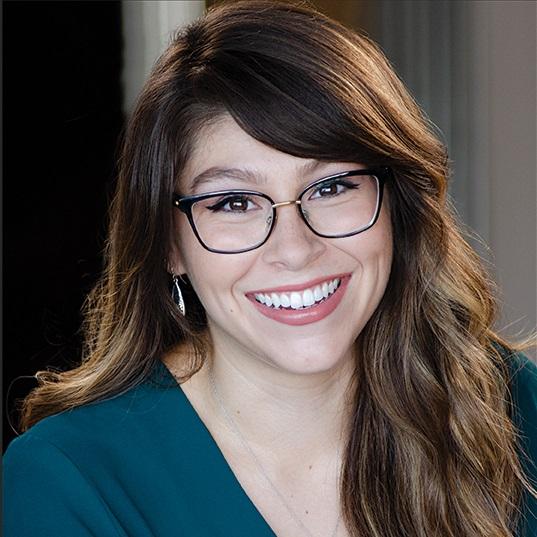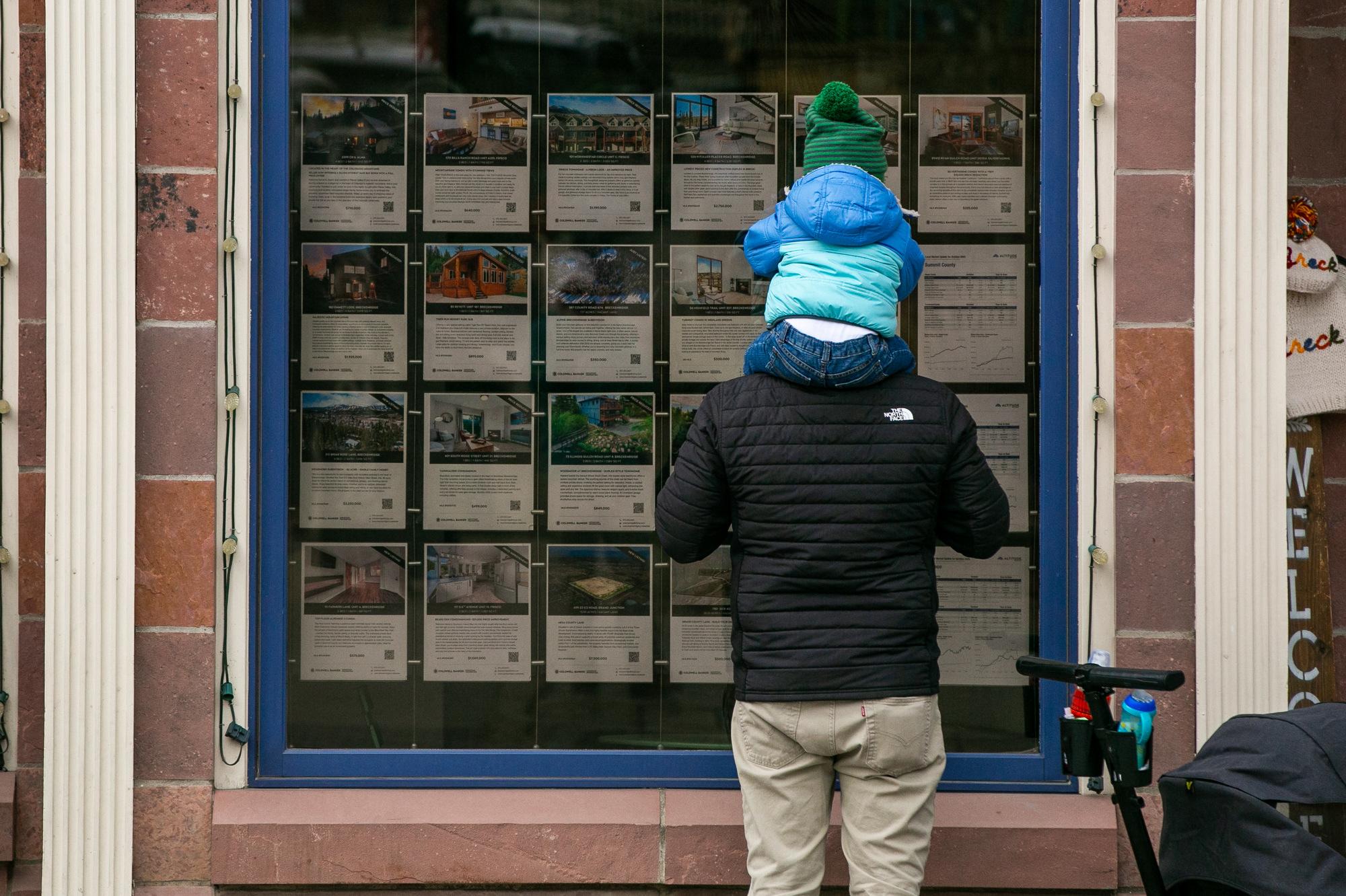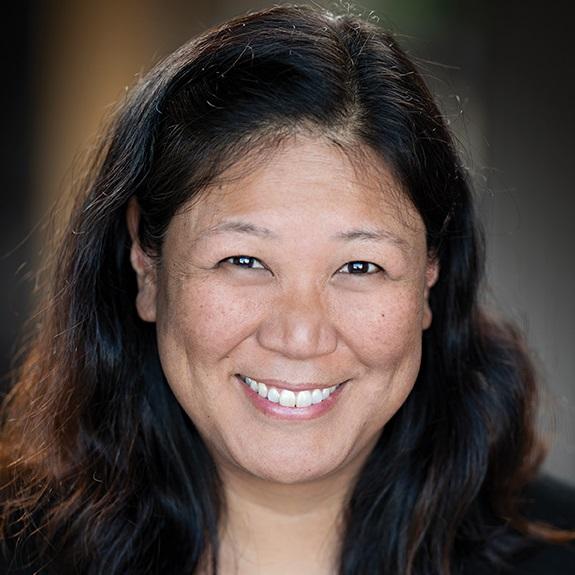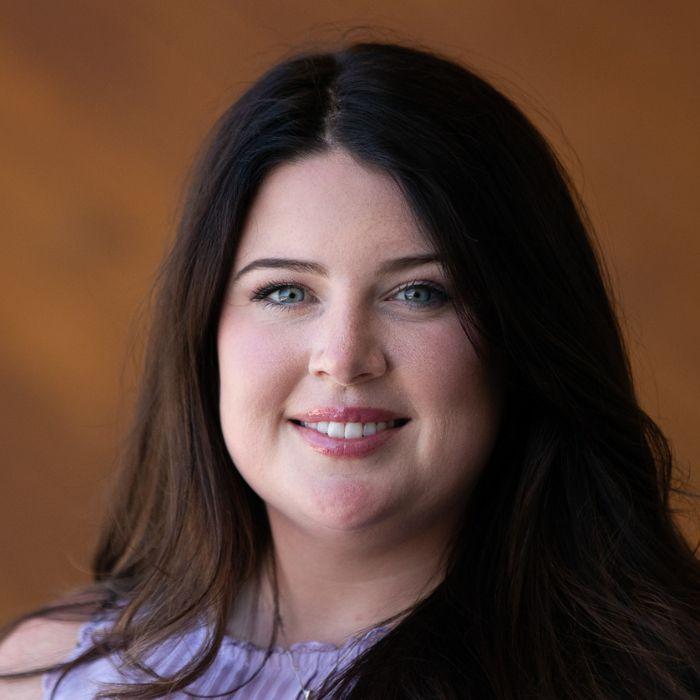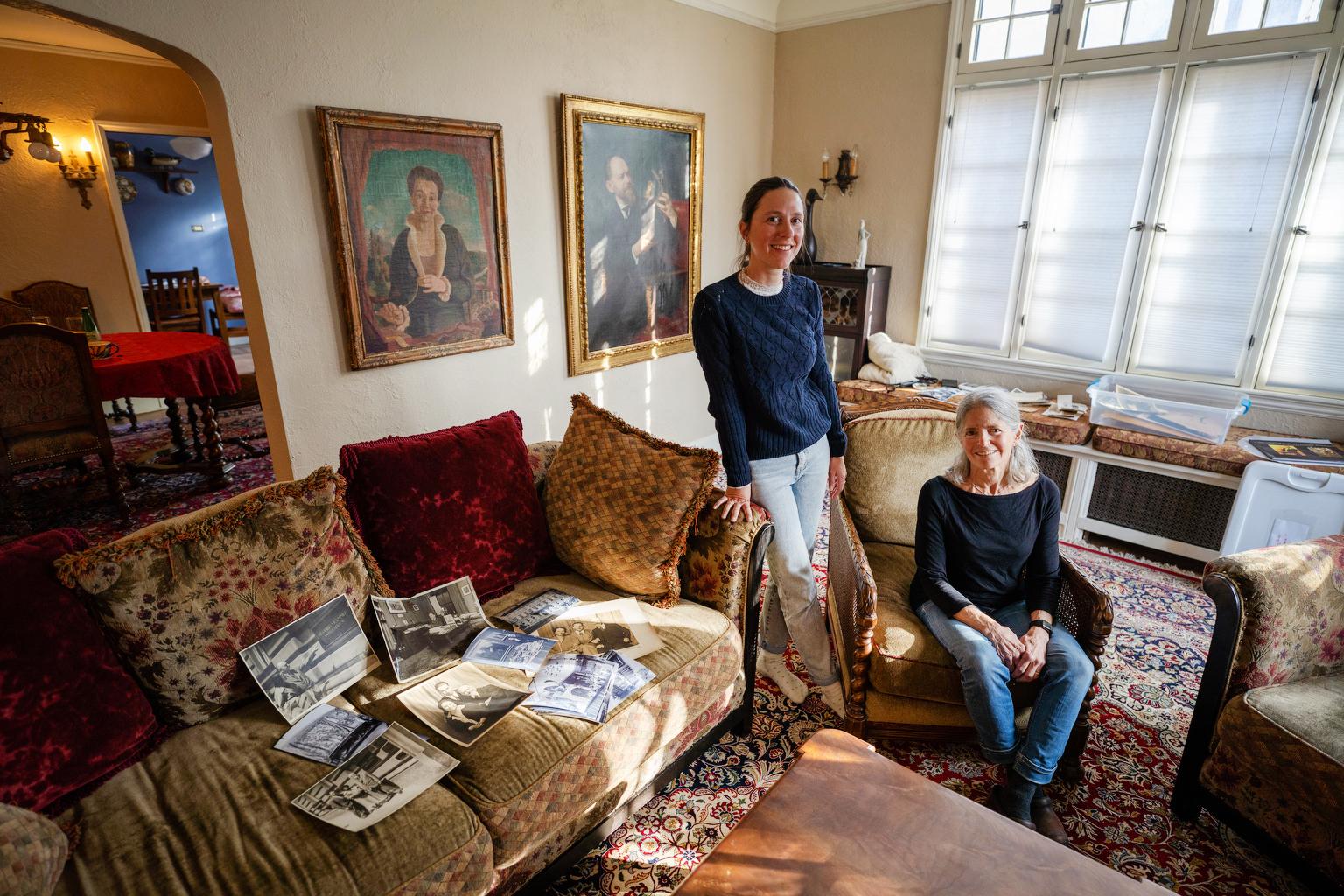
Nina McGehee, of Denver, has spent the last decade unraveling a family mystery that dates back to Nazi Germany. McGehee’s relatives escaped Hitler’s rule in 1938 and resettled in the United States just prior to World War II.
Like many Jews who fled persecution, McGehee’s mother didn’t like to talk about it.
“I knew all my relatives had German accents. I knew my mother was born in Frankfurt. But I think my mother saw it as sort of a sad story,” McGehee said.
She also knew that her great-grandfather had been an art dealer in Germany at a time when the Nazis plundered countless works of art, some which were set aside for Hitler to showcase in a large museum he planned to build in Linz, Austria. Today, there are active efforts in Europe to recover art stolen or confiscated by the regime.
McGehee also had a vague sense that her parents were involved in restitution efforts. But, in 2016, when her father died, McGehee was finally able to piece together more of the story. While going through his emails, she was reminded of a 2014 documentary “Under the Hammer of the Nazis” in which her parents had been interviewed.
McGehee had never seen the film, so she tracked it down and watched it half a dozen times. It tells the story of Siegfried Laemmle, the Jewish owner of a successful art dealership in Munich who, like many Jews, had been forced by the Nazis to liquidate his business in 1935.
The narrator tells of Laemmle’s prominence in the art world, noting that one of his customers was the Paris Louvre. McGehee realized that Laemmle, the art dealer, was also her great-grandfather.
“It was like, ‘Oh my God, I have this history I didn't know about and these people I didn't know about.’”
The documentary sent McGehee on a fact-finding journey that led her to Katrin Stoll, the owner of an old auction house in Munich. Stoll, who’d inherited the business from her father, had suspicions about a previous owner, Adolf Weinmuller, who’d taken over the auction house in the mid-1930s. Stoll said she felt compelled to investigate.
“It's the same with work of art. Our job is to examine the work of art [and ask] ‘Is it a fake, is it restored?’” said Stoll. “Because I had this feeling that something was fishy with Weinmuller.”
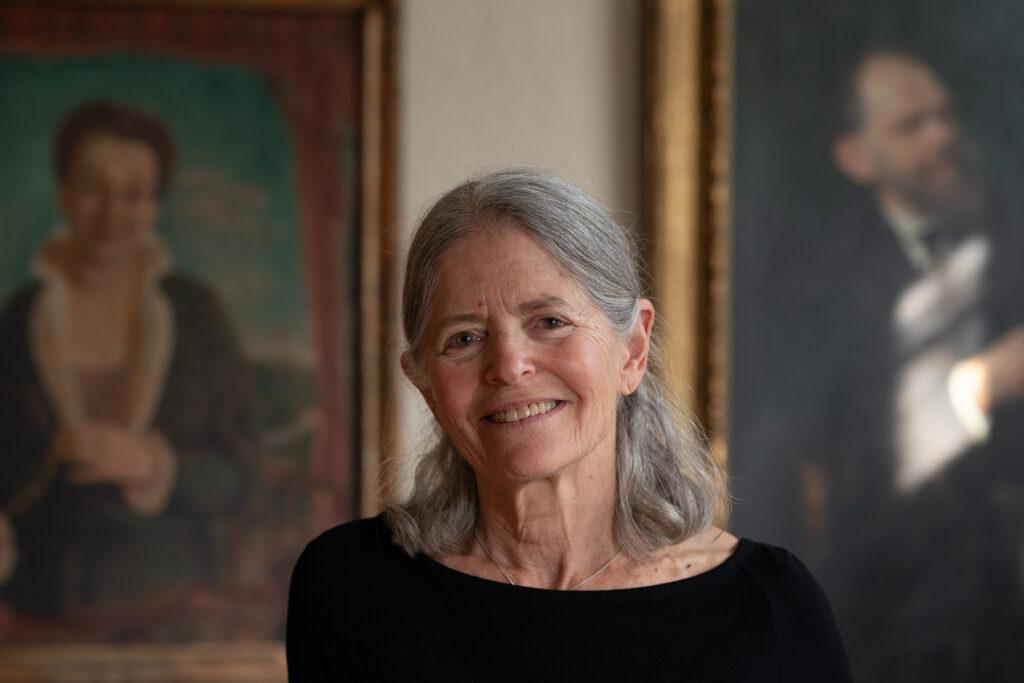
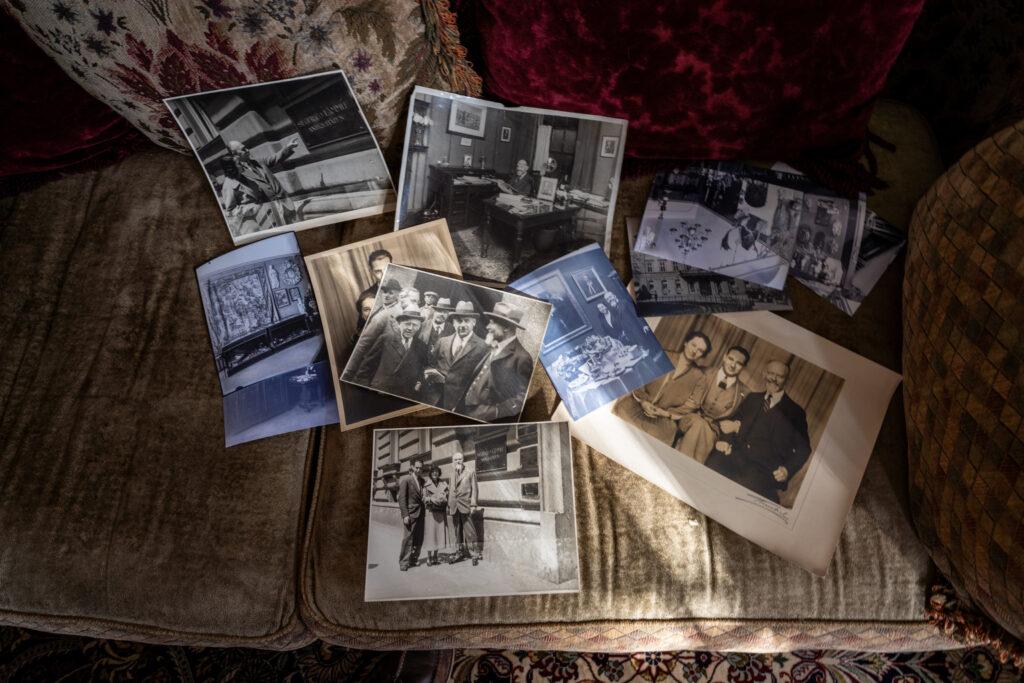
Stoll hired a German art historian and provenance researcher, Meike Hopp, to look into Weimuller, and Hopp struck gold, so to speak. She discovered dozens of handwritten catalogues kept through 1945. They revealed Jewish dealers and private collectors, including McGehee’s great-grandfather, who had been forced to liquidate their art for far less than market value. It noted specific pieces designated for Hitler.
Stoll said after reading through the catalogues, she and Hopp were stunned.
“Day and night, we couldn't sleep with this sensitive content,” said Stoll.
Stoll and Hopp began notifying museums that held the looted works, they informed the German press about the discovery, and word spread to the Jewish families and their descendants named in the catalogues. Stoll said for the first time, it gave many of them the legal documentation needed to prove the family’s art had been sold under duress. It’s particularly critical now, Stoll said, as Jews who escaped the Holocaust begin to die.
McGehee and her relatives are among those who sought restitution, which can take different forms. A museum might pay families to keep objects in its collection or auction items and give the proceeds to families.
So far, McGehee and her relatives have received payments from the Bavarian National Museum, which has a small piece by an Italian sculptor in its collection as well as a Munich museum, which paid the Laemmle heirs for an assortment of items, including several watercolors. Two years ago, Southeby’s auctioned a sculpture linked to the family and plans to compensate the descendants for a portion of the proceeds.
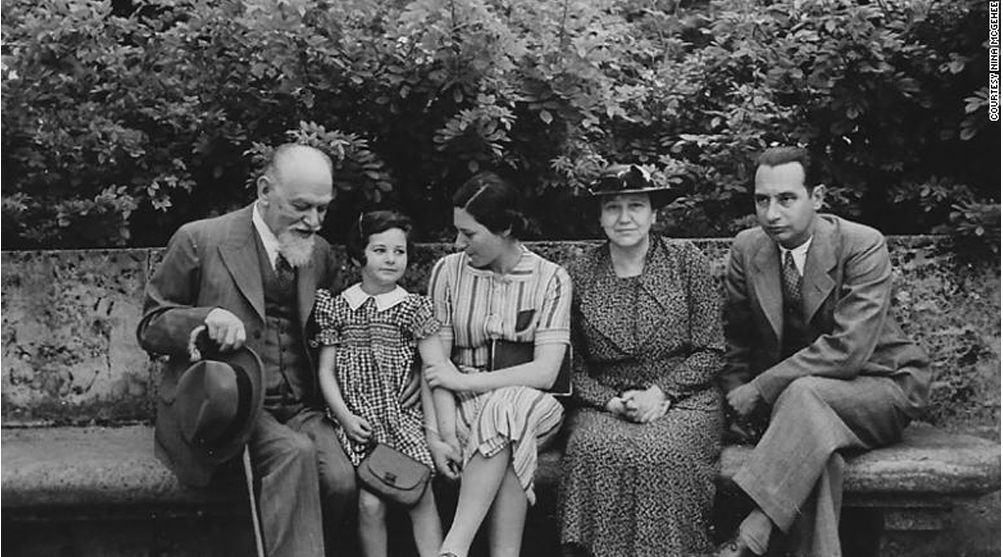
Elizabeth Campbell, an expert on art plundered by the Nazis at the University of Denver, said until recently, Jewish families like the Laemmles were often stymied in their efforts to recover items or receive compensation.
“Institutions, museums, even private collectors, have been able to maintain possession of works that were plundered in the Nazi era by using legal technicalities like statutes of limitations,” said Campbell. “The notion of duress as being part of a broader system of Nazi antisemitic persecution used in the third Reich and in occupied territories is really a more recent concept.”
McGehee said while she appreciates the money, perhaps more meaningful have been the discoveries she’s made about her family and the friendships she’s formed. Several years ago, McGehee visited Germany with her husband, mother and sisters to meet Katrin Stoll and Meike Hopp, who she remains close to today.
McGehee has a few of the family’s pieces at her home in Denver, including a large marble slab from 1595 that sits in a wooden display case. Etched on the front of the stone is the name of a family, likely embedded in the front wall of a home to indicate who lived there. She said her husband lugged the 40-pound piece onto the airplane as a carry-on.
McGehee’s journey also helped her understand the emotional weight her family carried with them when they left Germany, especially her mother, who died last year.
“It gave me a lot more empathy for her, frankly, sort of learning more about how she had to come over and the stresses of the family.”
More recently, McGehee sought and won a grant from the German government to do more research on the family’s history and now has the help of a German research team led by Lena Schneider. Schneider came to Denver earlier this year to meet with McGehee and sort through some of the family photos and papers McGehee has kept.
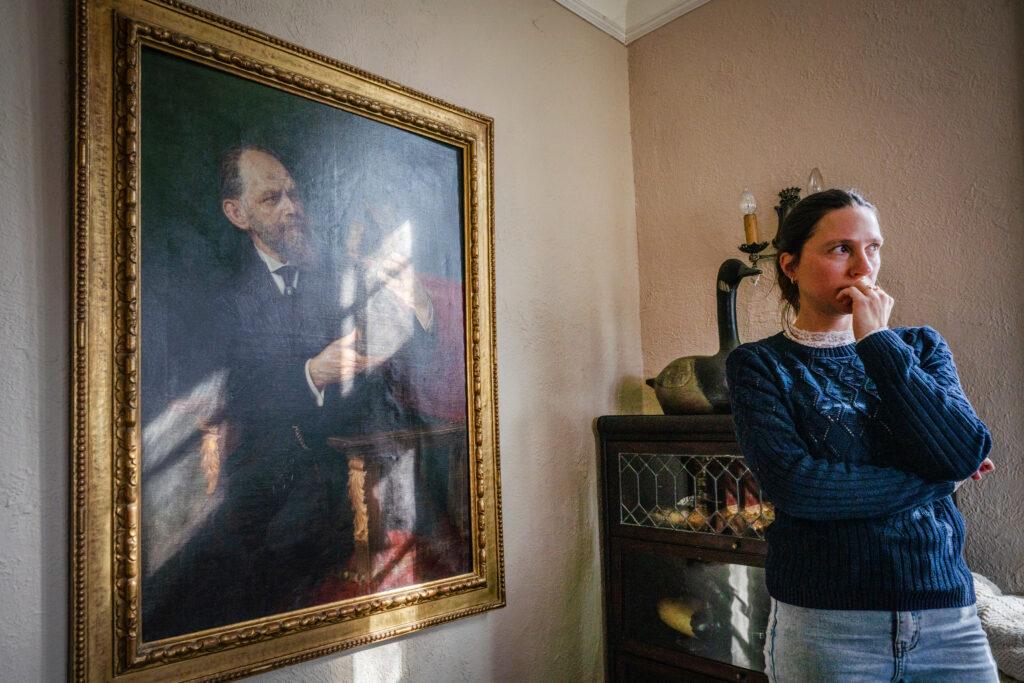
Schneider comes to the work knowing that her own family bears some responsibility for what happened to Jewish families like McGehee’s during the Nazi era, noting that her grandfather, a German soldier, was sent to Russia to fight for the Nazis.
“He came from a very poor family, and he always said they liked Hitler,” Schneider said. “They were like, finally, somebody's taking care of us.”
Schneider said it was when her grandfather returned from Russia, a broken man, that he realized the full extent of the genocide happening in his country.
She said the revelations on both sides have created a unique understanding between herself and McGehee.
“Obviously, I'm on the other side,” said Schneider. “These families who had to leave Germany and then trying to bring these two parts back together again.”
McGehee is hopeful that Schneider will uncover more about her family’s history in pre-war Germany. It’s a way to stay connected to her family’s past, including the country her mother was forced to leave.

